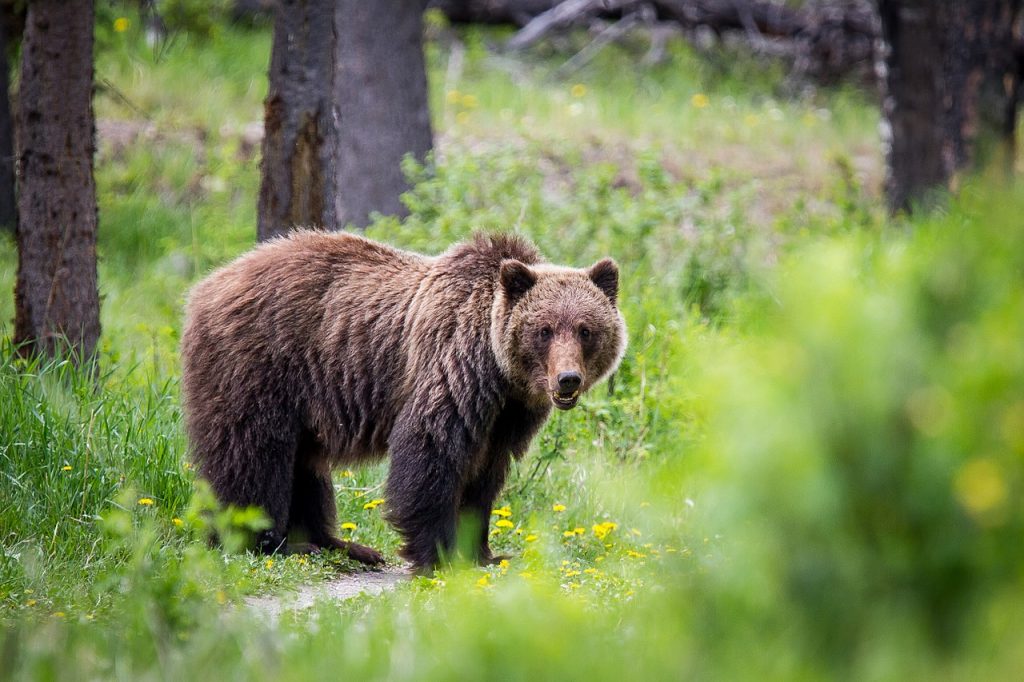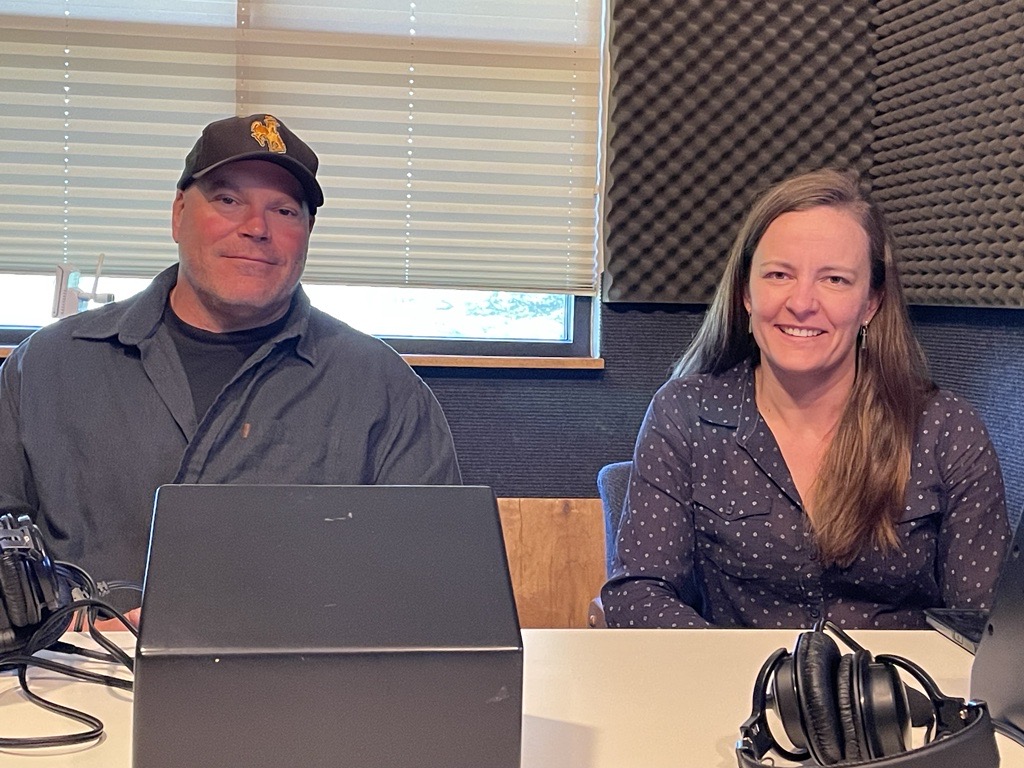Wyoming State Parks Wants Public’s Opinion On Buffalo Bill Reservoir and State Park
Written by Mac Watson on May 31, 2023
Wyoming State Parks, along with the Bureau of Reclamation, is looking for the public’s opinions about the future of Buffalo Bill Reservoir and State Park outside of Cody. There will be several opportunities for citizens to engage with resource management with questions, comments, ideas and concerns to the consultant team as well as the staff from both The Bureau of Reclamation and Wyoming State Parks.
“We welcome the public to come out and attend one of our meetings and give us feedback,” says Buffalo Bill State Park Superintendent Dan Marty.
“The Buffalo Bill Reservoir and State Park Resource Management Plan is intended to be a 20-year plan for the park, providing the foundation for decision-making to accommodate recreation and visitor amenities in balance with the preservation of recreation settings and natural and cultural resources,” said Nick Neylon, deputy director of the Division of State Parks & Outdoor Recreation Office.
The public is invited to attend the following scheduled events:
· “Books with Bill” at the Park County Library’s Grizzly Room
Thursday, June 1, 2023, 4:30-7:30 p.m.
1500 Heart Mountain Street, Cody, Wyoming
· “Brews with Bill” at Cody Craft Brewing
Thursday, June 1, 2023, 6:30-9:00 p.m.
1732 Sheridan Avenue, Cody, Wyoming
· “Beans with Bill” at The Station by Cody Coffee
Friday, June 2, 2023, 10 a.m.-12:30 p.m.
919 16th Street, Cody, Wyoming.
Materials from the public meetings will also be available online and the public is encouraged to leave feedback by visiting their website. The final Resource Management Plan will be subject to a federal environmental assessment.
Completed in 1910, Buffalo Bill Dam created Buffalo Bill Reservoir and is listed on the National Register of Historic Places, it is also a National Historic Civil Engineering Landmark. The Dam, its Shoshone Power Plant, and the reservoir’s lands are owned by Reclamation, which maintains primary jurisdiction of the lands and associated resources within the reservoir area. Much of the area was designated a State Park in 1957 with the last major overhaul of the park completed in the 1990s. The Park offers fishing, camping, picnicking, and a variety of water sports in settings that range from remote and primitive to moderately developed.
Standing 325 feet high, the Dam is a concrete arch built near the head of the Shoshone River Canyon. . Its width at the base in 108 feet and at the top is 10 feet. The length at the crest is 200 feet and the elevation there is 5,370 feet above sea level. A measured 82,900 cubic yards of concrete were poured during the dam’s construction. The Buffalo Bill Dam created the Buffalo Bill Reservoir, which has a capacity of 439,800 acre feet of water with a shoreline of about 20 miles.
The Buffalo Bill Dam is one of the earliest achievements of the Bureau of Reclamation and was originally named Shoshone Dam. The entire project, including irrigation canals that extends into Montana, watered lands, powerplants, spillways, and diversion tunnels, is named the Shoshone Project. The building of Buffalo Bill Dam cost $1,000,000. Its value and significance to the local area and the State of Wyoming includes the value of annual crops raised on almost 100,000 acres of rich agricultural lands, the wealth resulting from industrial and municipal waters made available, and the further wealth resulting from electric energy furnished to individuals, communities, and industries.
Work proceeded concurrently on the construction of an access road up the narrow canyon from Cody. The chosen contractor, Prendergast & Clarkson of Chicago, started work in September 1905, building a camp for workers and starting on a diversion dam, which was to divert the river into a wooden flume, through a tunnel, and out through another flume to rejoin the river bed. Two men were killed in the construction of the tunnel. A June 1906 flood destroyed the flume. Little work was done until March 1907. Final concrete was poured in January 1910, with a final cost of $1.4 million. Seven construction workers were killed during the project.

